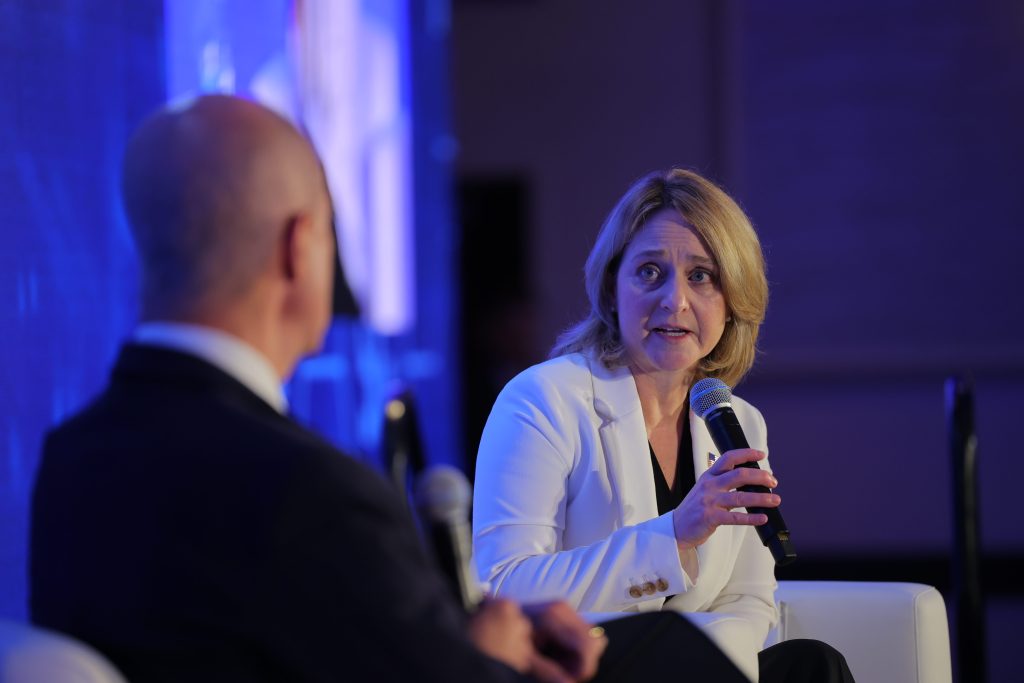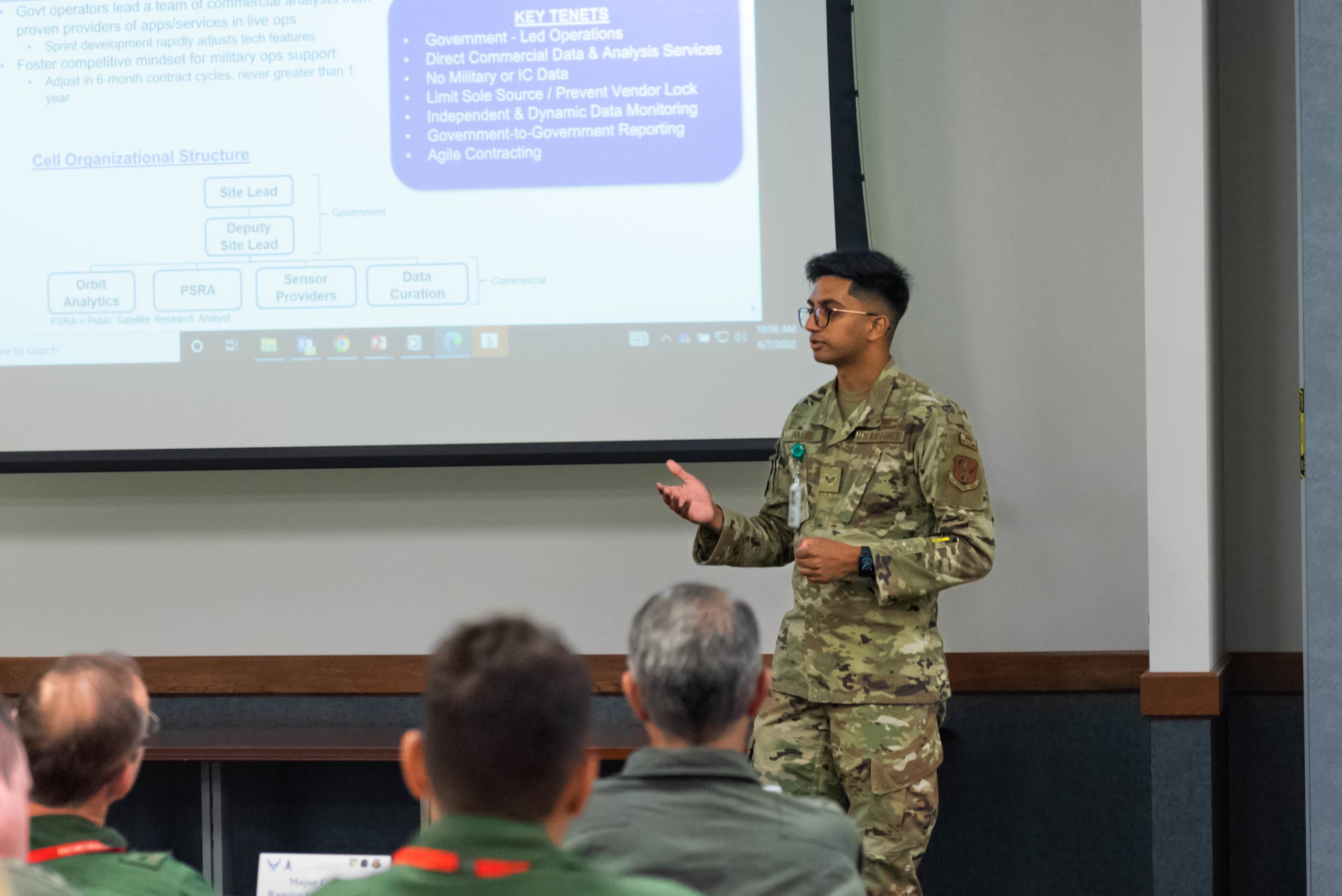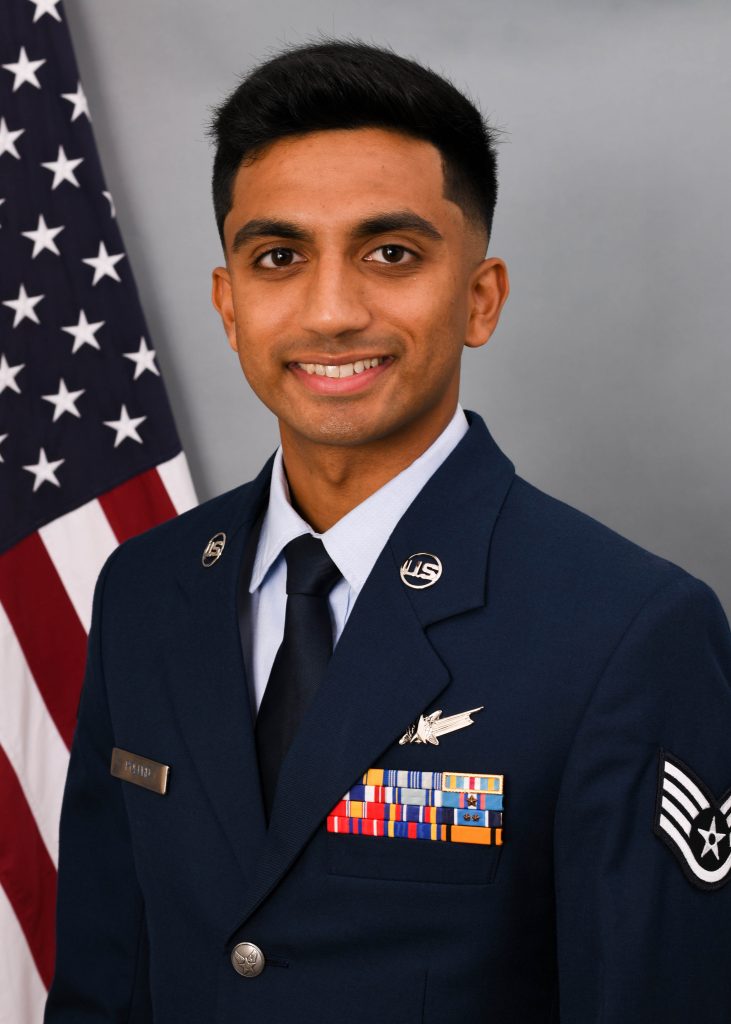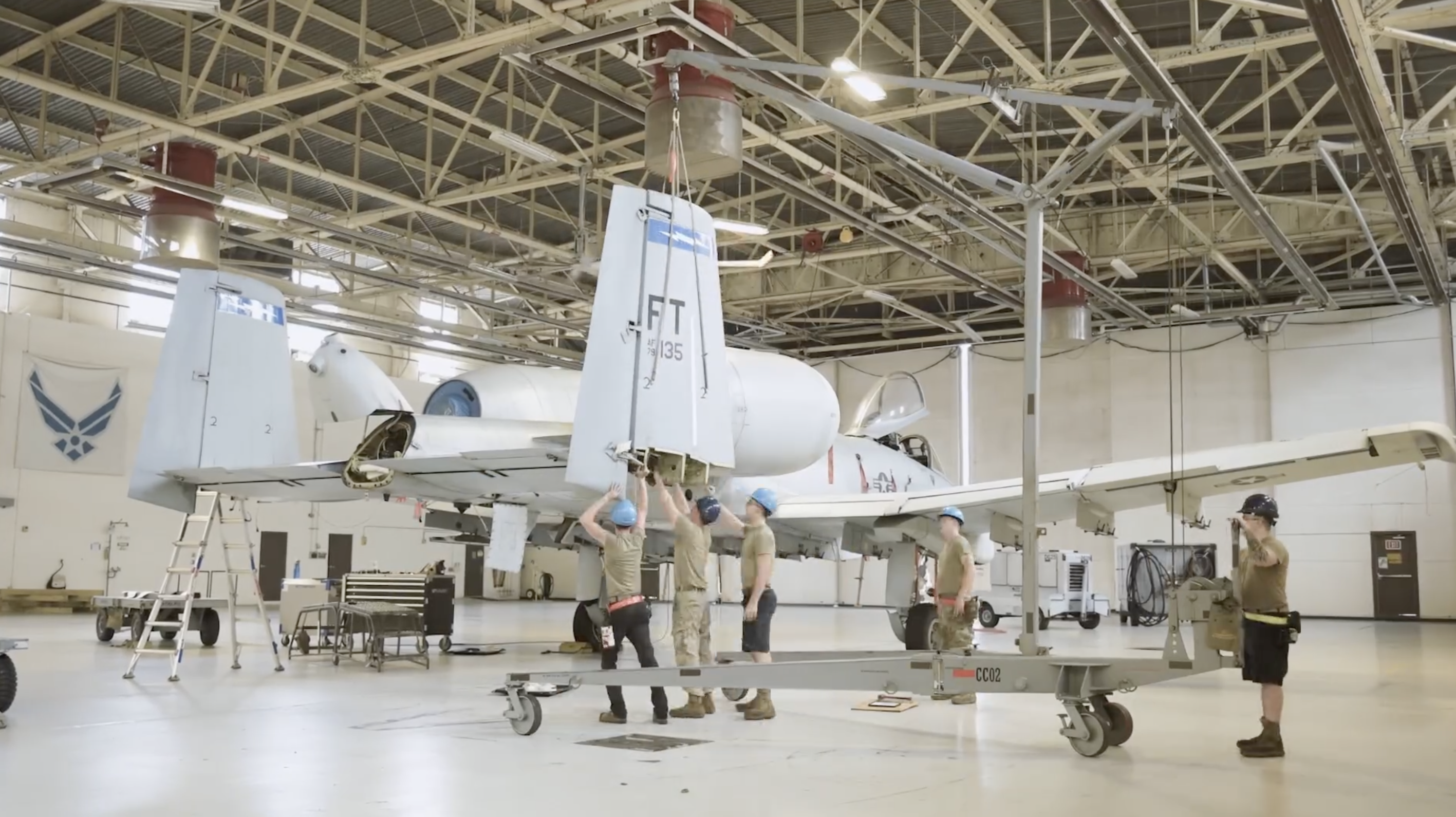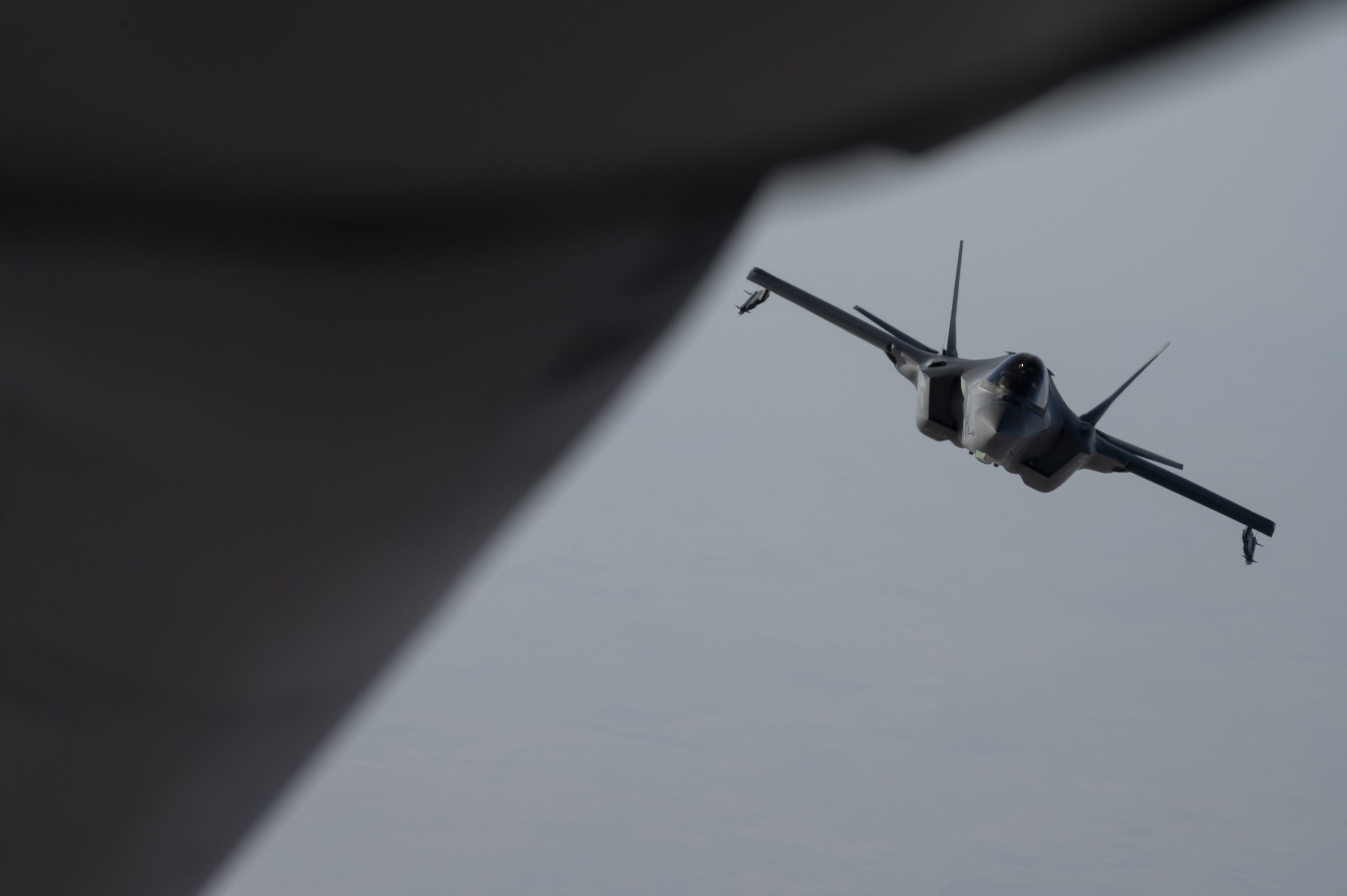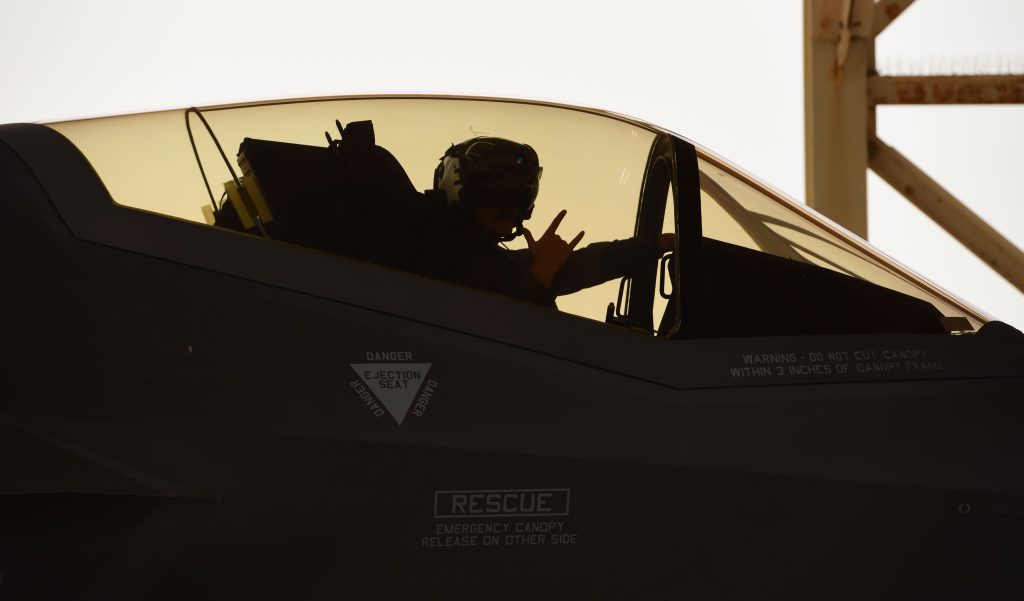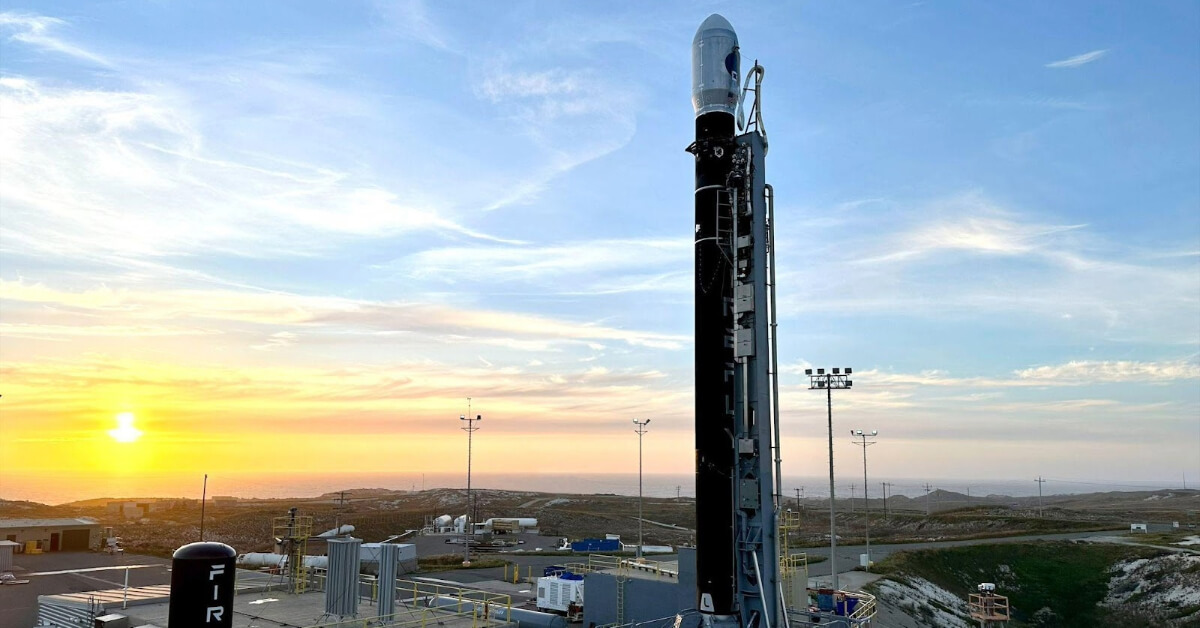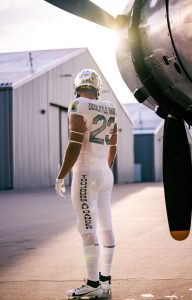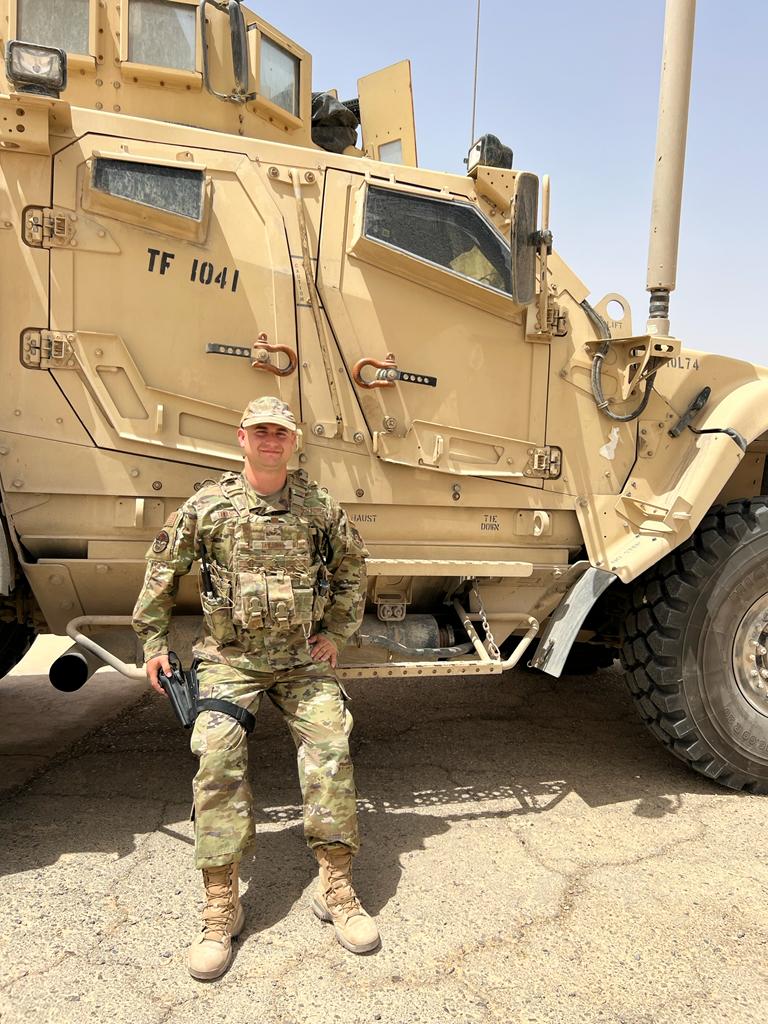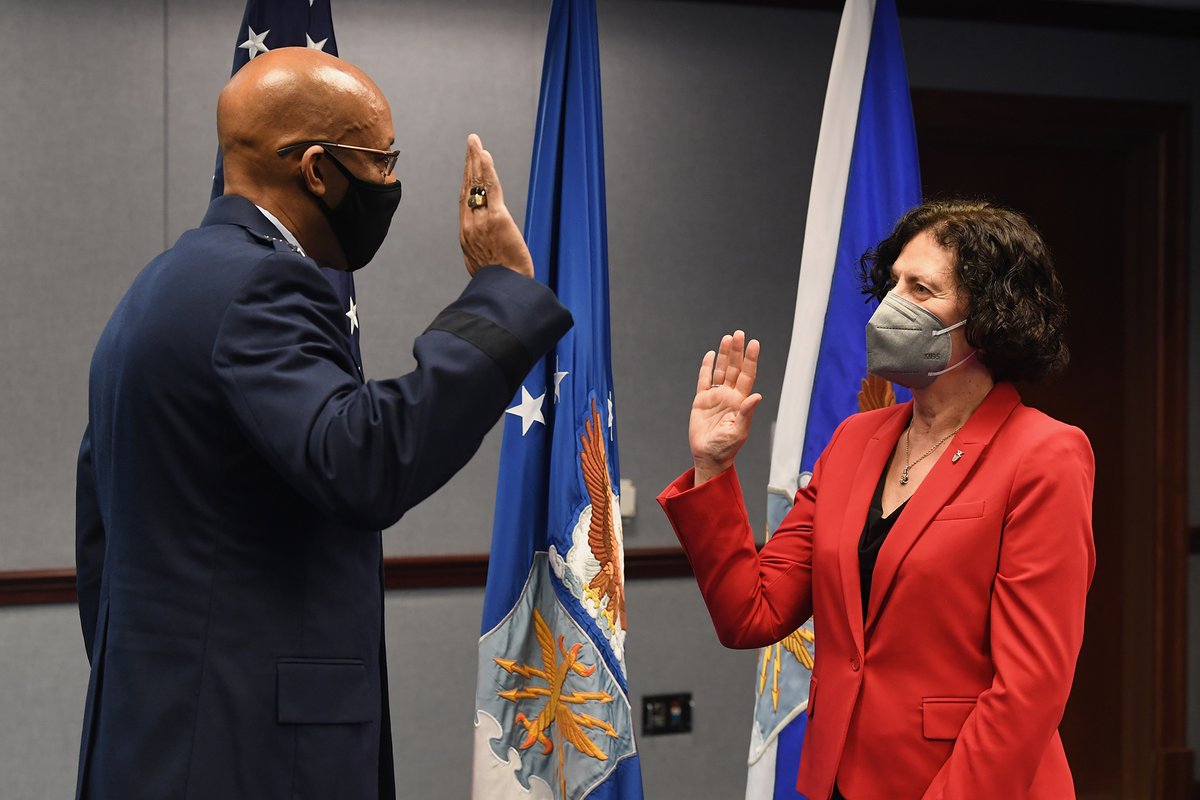MacDill Air Force Base, Fla., has evacuated its personnel and KC-135 aircraft as Hurricane Idalia approaches Florida’s Gulf coast. As of 4 p.m. Aug. 29, all base personnel have been evacuated and MacDill is closed and secured, an Air Force spokeswoman told Air & Space Forces Magazine.
According to the National Hurricane Center, Idalia is forecasted to become a Category 3 hurricane with catastrophic winds and heavy rain before making a landfall near the Big Bend area of Florida’s west coast.
Located in the Tampa Bay area, MacDill is home to the headquarters for U.S. Central Command and U.S. Special Operations Command, which were included in the evacuation order. There are more than two dozen other military units at the base, including its host unit, the 6th Air Refueling Wing.
The Air Force spokeswoman said the 6th Air Refueling Wing’s KC-135s tankers have been relocated to March Air Reserve Base,Calif.; Bangor Air National Guard Base, Maine; Tinker Air Base, Okla.; and McConnell Air Force Base, Kan.
As of the afternoon of Aug. 29, MacDill is at Hurricane Condition (HURCON) Level 2, which indicates surface winds in excess of 58 miles per hour could arrive within 24 hours.
There are other Air Force bases that could be in Idalia’s path. Eglin Air Force Base, Tyndall Air Force Base, and Hurlburt Field, all located in the Western Florida Panhandle, are monitoring the storm but have not issued any evacuation orders. Air Force Special Operations Command, headquartered at Hurlburt, is monitoring its path and may move aircraft if necessary, the spokeswoman said.
Elsewhere, Moody Air Force Base, Ga., and Joint Base Charleston, S.C., are both at HURCON 3, expecting high winds and rain within 48 hours.
More immediately, the Gulf coast of Florida is expected to bear the brunt of Idalia, which quickly grew to hurricane strength Aug. 29. Hurricane warnings have been issued along hundreds of miles of Florida coastline. At a briefing, Gov. Ron DeSantis said highway tolls are being waived and hotels are prepared to take evacuees. He also added that many of those living in the storm’s path will lose electricity for an extended period.
In September 2022, MacDill evacuated personnel and aircraft ahead of Category 4 Hurricane Ian. Ian avoided a direct hit on the base, but storms can have devastating impacts on installations. In 2018, Hurricane Michael almost completely destroyed Tyndall, and more recently, a violent thunderstorm in Oklahoma last month damaged at least a dozen. T-6 trainer aircraft.


